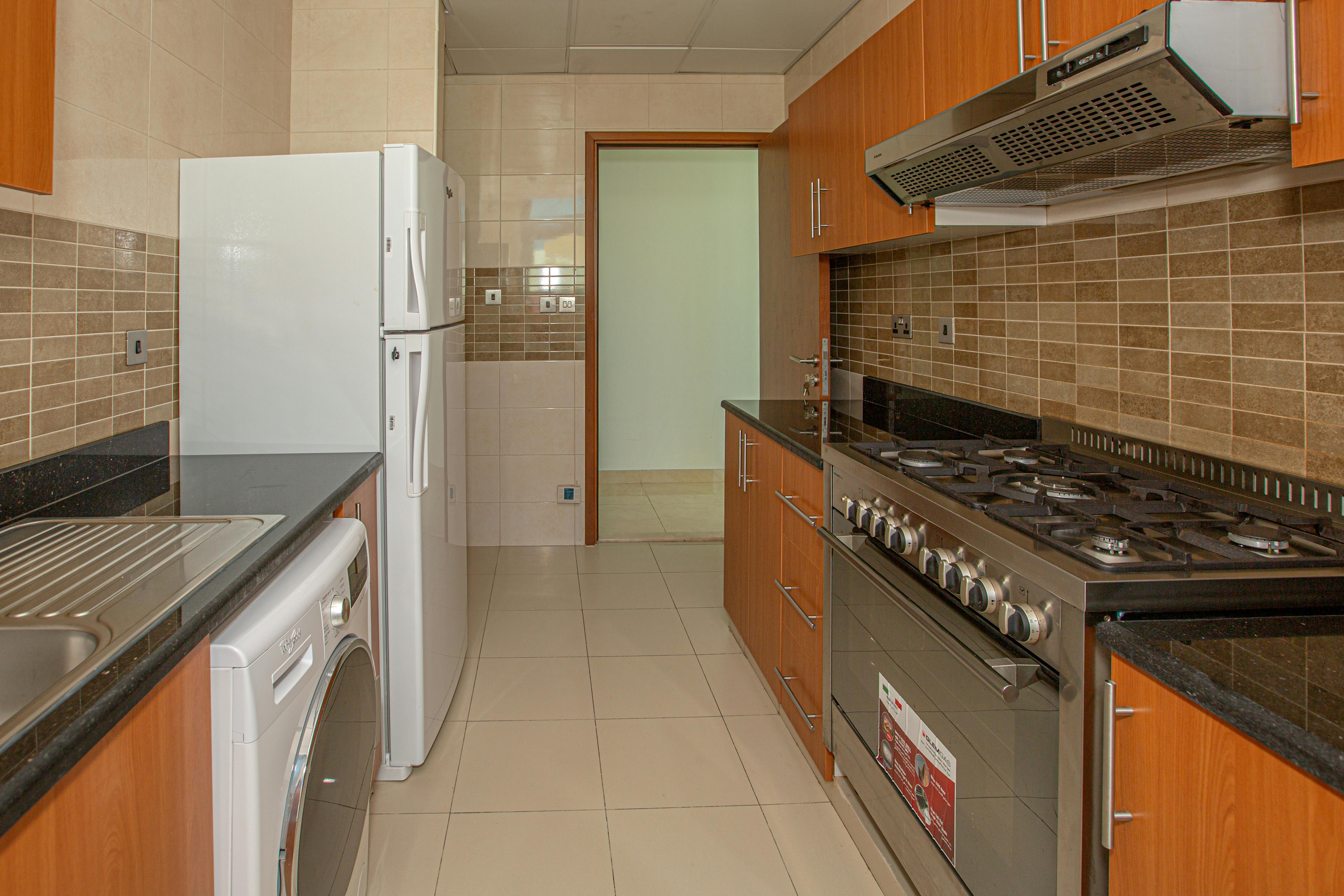Creating attractive interest is challenging in today’s low interest rate environment. The appeal of first-position mortgage notes lies in the fact that investors (lenders) remain first-position holders of the property, so there is a tangible asset (real estate) that provides the security of their investment.
The 50-year average for homeownership in the United States is about 65%. Most experts see that number shrinking as the movement into rental communities continues to increase along with the challenges younger consumers encounter in securing sustainable employment that is directly related to ability (and desire) of owning a house. The commercialization of traditional residential mortgage financing in today’s market has created a greater understanding of how these loans work for consumers. Combine that with the competition in the residential financing market and it’s understandable why most adults understand residential financing. But what about commercial real estate?
Each and every consumer leaves their homes and visits multiple commercial properties – for work – to eat – to shop – for entertainment – but few understand the differences in the commercial financing market versus the residential financing market. The term “commercial loans” is primarily segmented into “multi-family properties (more than 5 units), office buildings, shopping malls, industrial and storage space, single-tenant box buildings (such as Lowes and Walmart), and single-use properties.” such as gas stations, schools, churches, etc. Regardless of use, access to business loans is quite different from residential loans.
On residential loans, the normal procedure is for the lender to request 2 years of tax returns, bank statements, pay stubs, credit checks, and property appraisal. The primary focus of loan underwriters is the borrower’s ability (through an income and expense model) to make monthly mortgage payments, including taxes and insurance.
In a business loan, the lender will first look at the condition of the property and your ability to repay the loan with cash flow from your daily operations. The lender will request copies of current leases (rental schedule) and two years of operating history from borrowers. In addition, they will review recent capital improvements, internal and external photos of the property, and lien and title searches. With these documents in hand, the underwriter will create a debt-to-service ratio (DSCR) to determine if the property can meet the demands that the new loan will bring. In addition, the lender will look at third party appraisals paying attention not only to the property in question, but also to the surrounding area and trends in the market.
A business borrower must have a strong credit and financial history to qualify for the loan. However, the lender puts more weight on the ability of the properties to sustain the loan than the personal situation of the borrower. This is in direct comparison to residential mortgage underwriting where the personal financial situation of the borrower is more important than the property that is part of the mortgage.
There are six sources for commercial real estate loans – Portfolio Lenders – Government Agency Lenders – CMBS Lenders – Insurance Companies – SBA Loans – Private Money/Hard Money Lenders.
portfolio lenders – These are primarily made up of banks, credit unions, and corporations that engage in business loans and keep them on their books until maturity.
Government Agency Lenders – These are companies that are licensed to sell business loan products funded by government agencies such as Freddie Mac and Fannie Mae. These loans are pooled (securitisation) and sold to investors.
CMBS Lenders – these lenders issue loans called “CMBS Loans”. Once sold, the mortgages are transferred to a trust that, in turn, issues a series of bonds with different terms (duration and rate) and payment priorities in case of default.
insurance companies – Many insurance companies have looked to the commercial mortgage market to increase the return on their holdings. These companies are not subject to the same lending regulatory guidelines as other lenders and therefore have more flexibility to create loan packages outside of conventional lending standards.
SBA loans – Borrowers looking to purchase commercial property for their own use (owner-occupied) have the option of using an SBA-504 loan that can be used for various types of purchases for their own business, including real estate and equipment.
Private money/hard money loans – For those borrowers who cannot qualify for traditional financing due to credit history or problems with the subject property, hard money loans can be a viable source of funds for the intended project. These loans have higher interest rates and money costs than other types of loans. Regardless of higher borrowing costs, these loans fill a need in the commercial mortgage market.
Commercial Mortgage Loans may be recourse or non-recourse in design. In a typical recourse loan, the borrower(s) are personally responsible for the loan in the event that the mortgage is foreclosed and the proceeds are not sufficient to pay the loan balance in full. In non-recourse loans, the property is the guarantee and the borrower is not personally liable for the mortgage debt. In typical non-recourse loans, a provision called “bad guy clauses” is part of the loan documents that states that in the event of fraud, intentional misrepresentation, gross negligence, criminal acts, misappropriation of property income and winnings insurance windfalls, the lender may hold the borrower personally liable for the mortgage debt.
It is understandable that in commercial mortgage negotiations lenders prefer recourse loans when borrowers would prefer non-recourse loans. In the underwriting process, the lender and borrower(s) work to create a loan that meets the needs and goals of both parties, and if there is a deadlock, the loan is not issued.
The world of commercial mortgages offers investors the opportunity to participate in a market that can have attractive yields, principal security through bond positions in real estate assets, and durations (from 12 months to 5 years) that are acceptable to most. Building ongoing monthly interest through holdings such as Commercial Mortgage Notes is attractive to both consumers and institutional investors.
